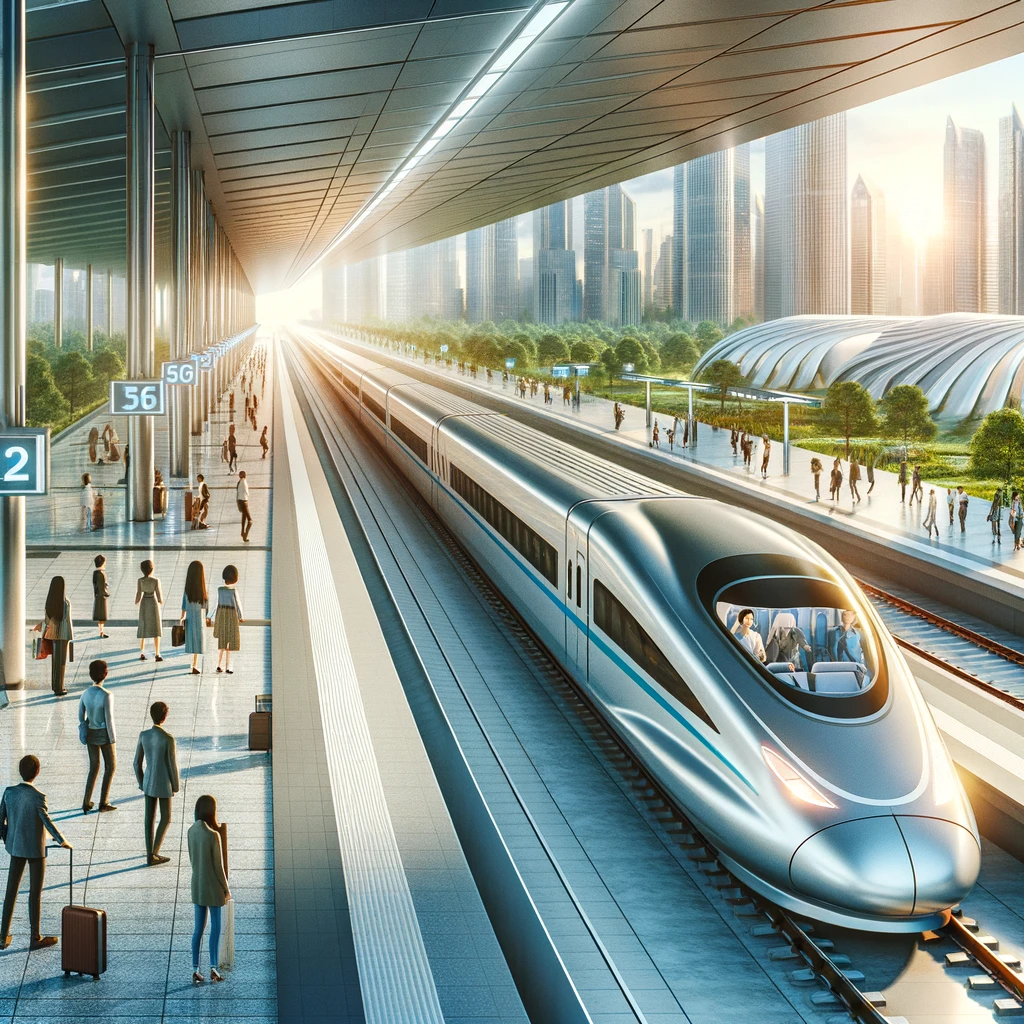Introduction to the GTX-A Project

South Korea is making significant strides in public transportation with the ambitious GTX-A line, a high-speed rail network designed to revolutionize commuting in the Seoul metropolitan area. A key part of this project is the construction of Samsung Station, set to open in 2028. This development is not just about improving transit; it’s about enhancing urban infrastructure and connectivity.
Samsung Station: A Cornerstone of the GTX-A Line
Samsung Station will be a pivotal hub in the GTX-A line, strategically located to serve as a major transit point. The construction is part of the larger Yeongdong-daero underground space development, a massive project involving four civil engineering sections and two architectural system sections. Spanning 1 kilometer from Coex Intersection to Hwi Moon High School Intersection, the project boasts a total floor area of 212,074 square meters, featuring a ground level and five underground levels.
Overcoming Financial Hurdles
The project has faced financial challenges, notably the repeated failure to secure contractors for Section 2 due to budget constraints. However, Seoul has addressed this by increasing the construction budget from 292.8 billion won to 360 billion won, reflecting the rising costs of materials and labor. This adjustment aims to attract qualified contractors and ensure the project’s timely completion.
Innovative Construction Strategies
Seoul is implementing innovative construction strategies to meet the 2028 deadline. Typically, construction begins after the detailed design phase, but for Samsung Station, certain construction tasks will proceed concurrently with the design phase. This approach minimizes delays and accelerates progress, ensuring that the project stays on track.
Enhancing Urban Connectivity and Development
The GTX-A line is more than a transportation project; it’s a catalyst for urban development. Samsung Station will significantly enhance connectivity, making it easier for people to travel across the metropolitan area. This development is expected to boost local businesses, reduce traffic congestion, and improve the overall quality of life for residents.
A Collaborative Effort
The successful completion of Samsung Station and the GTX-A line relies on close collaboration between various stakeholders. The Seoul Metropolitan Government is working closely with the Ministry of Land, Infrastructure, and Transport to ensure smooth project execution. Regular meetings and consultations with construction companies are held to encourage active participation and address any concerns promptly.
Future Prospects
As we look towards the future, the GTX-A line represents a major leap forward in public transportation for South Korea. It promises faster commute times, reduced traffic congestion, and enhanced urban development. Samsung Station, as a key component of this line, is poised to become a landmark of modern infrastructure and a symbol of Seoul’s commitment to sustainable urban growth.

By staying informed about projects like the GTX-A line, residents and investors alike can gain valuable insights into the future of urban development and transportation in South Korea. Keep an eye on this space for more updates and developments as we move closer to the grand opening of Samsung Station in 2028.
Navigating University Majors in South Korea: A Comprehensive Guide
Hi, I’m [jeybee]. As a long-time resident of Seoul, I’m passionate about uncovering the authentic, everyday magic of Korea. This blog is my way of sharing my favorite spots, tips, and cultural insights with you, beyond the usual tourist traps.

